Dear creative friends,
Welcome to Issue No. 73 of the StudioWorks Journal! As always, I’m so grateful you’re here with me, and I’m thrilled to share this month’s theme with you. This January, we’re embarking on a journey into the beauty and artistry of mapmaking—both as a historical craft and as a tool for navigating our creative paths.
Maps are more than just guides to physical places; they are symbols of exploration, discovery, and new directions. As artists, how can we chart our own creative journeys? How can we use the idea of mapping to reflect on where we’ve been, dream about where we’re going, and inspire the work we’ll create along the way?
Let’s dive into this together. This month, we’ll explore the intersection of art and cartography, looking at the intricate details and imaginative possibilities of maps. Along the way, I hope you’ll find inspiration to chart your own creative year, filled with adventure, curiosity, and uncharted ideas.
Here’s to navigating this exciting journey together!
xo,

As people, we come from a lineage of oral traditions, and central to this storytelling process is the importance of a sense of location in space and time. Hence, it comes as little surprise that mapmaking predates written language and, in a show of its universal human appeal, independently emerged across the globe.
Part of a map’s power is that it is a nonlinear form of communication. Unlike a sentence, there is no set starting point. The use of color, texture, image, and coded symbols guides the viewer while allowing their own rhythm and interpretation. As artists, we can learn much from a map’s open-ended narrative style, along with its spatial emphasis. Join me in a cartographic exploration that reveals a silk road in our creative story.
Maps are windows into other times and cultures, revealing the aspirations, myths, journeys, and values of their makers while simultaneously serving as creative artifacts. They record the interplay of far-flung societies as they trade, form dialogues, explore, and generally engage with their curiosity about the “other.” They also create a pathway for imaginative fancy, picturing what the unknown might entail in the Terra Incognita, as unexplored regions were called, or even fabricating worlds where mythological creatures roam, labeling mysterious lands with the ominous generality “Here Be Dragons.”
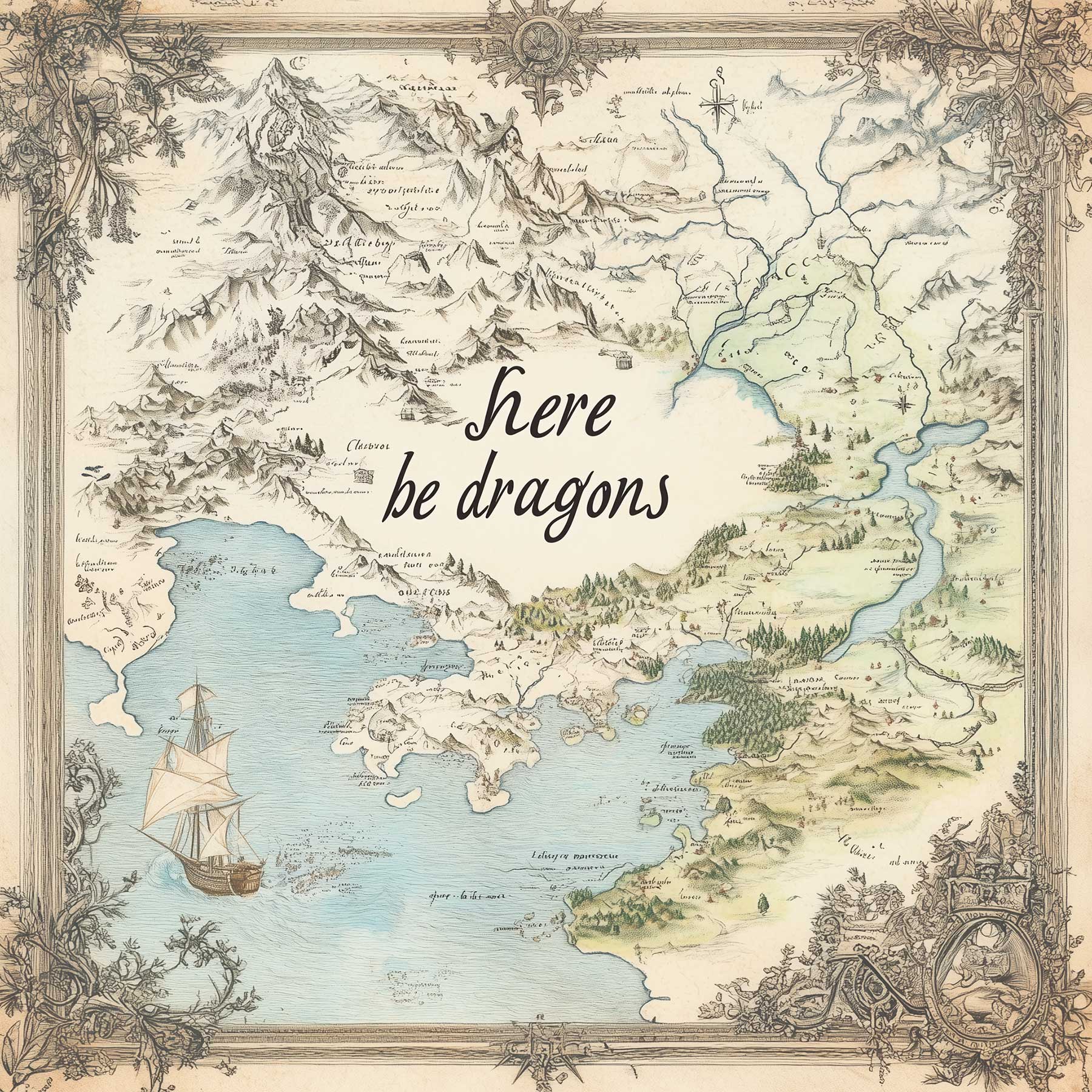
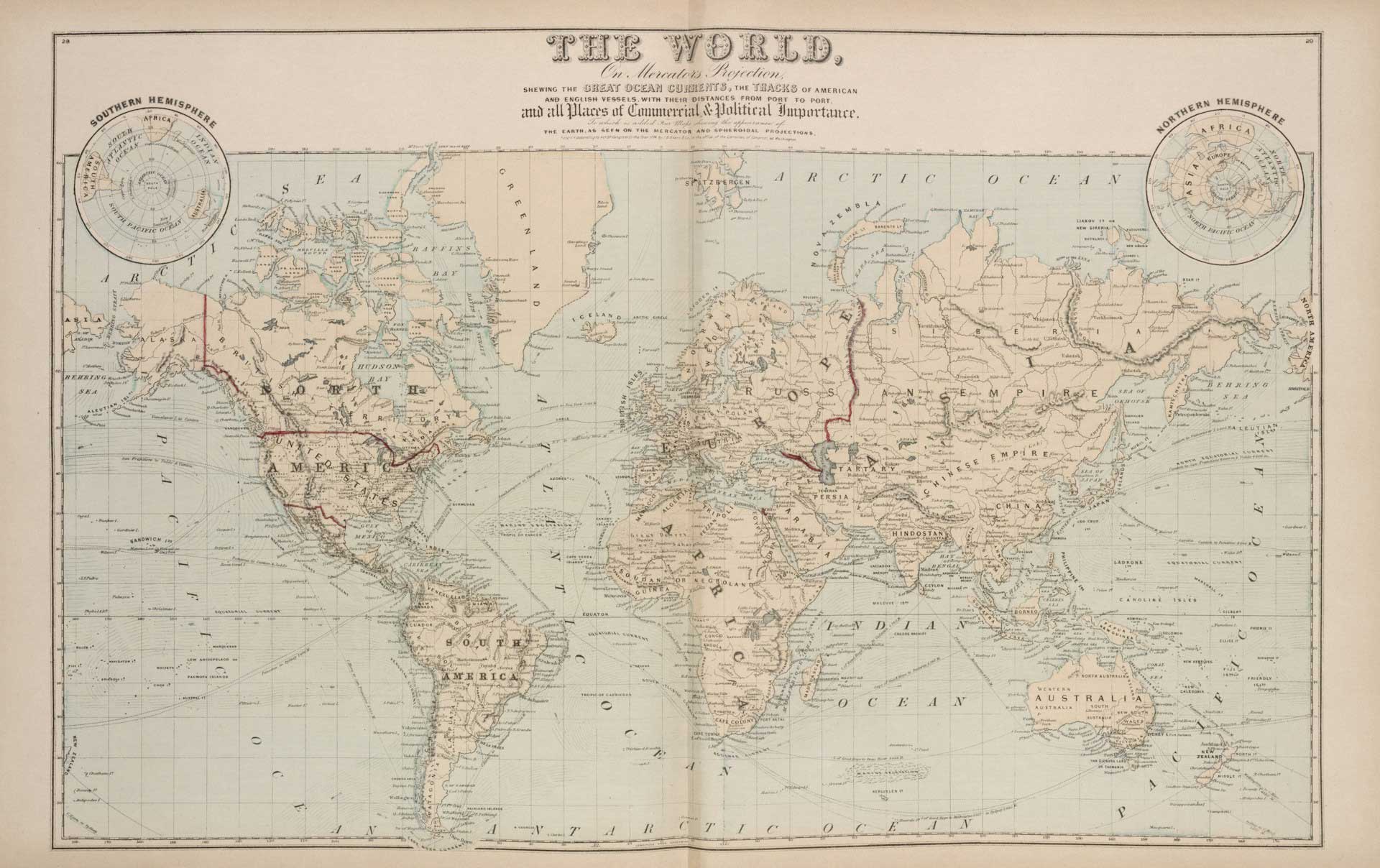
Though the ancient Greeks deserve credit for advancing geography and elaborately describing the world, virtually every culture has a word for map. Still, the terms are slippery because they are not exclusive but rather enigmatic reflections of specific periods and cultures.
European languages, such as English and Polish, borrow from the Latin word mappa, meaning cloth, while others, like French and Italian, borrow from the Late Latin word carta, designating any formal document. Indian languages derive their terms from the Arabic naqshah, which delivers ambiguous meanings such as a “picture,” “formal report,” or “general description.” Likewise embracing ambiguity, the Chinese word tu, besides meaning map, also refers to drawings and diagrams. In fact, the further you look, the more frequently the word for map becomes the same as that for picture, as in the Russian word kartina.
In keeping with this idea, many of the earliest maps were masterpieces of art. Constellation paintings on cave walls, engravings in bone, and medieval manuscripts adorned with vivid imagery all underscore the artistry involved in mapmaking. For instance, the oldest known map hails from the village of Pavlov in the Czech Republic. It dates from around 25,000 BCE and is a map carefully hewn out of mammoth tusk believed to be used by hunters; it depicts a scene of Pavlov from that time, including a section of the Thaya River and no longer extant clay slopes. This piece from antiquity nicely sums up some primary qualities of a map: beauty, utility, and a cultural snapshot of a moment.
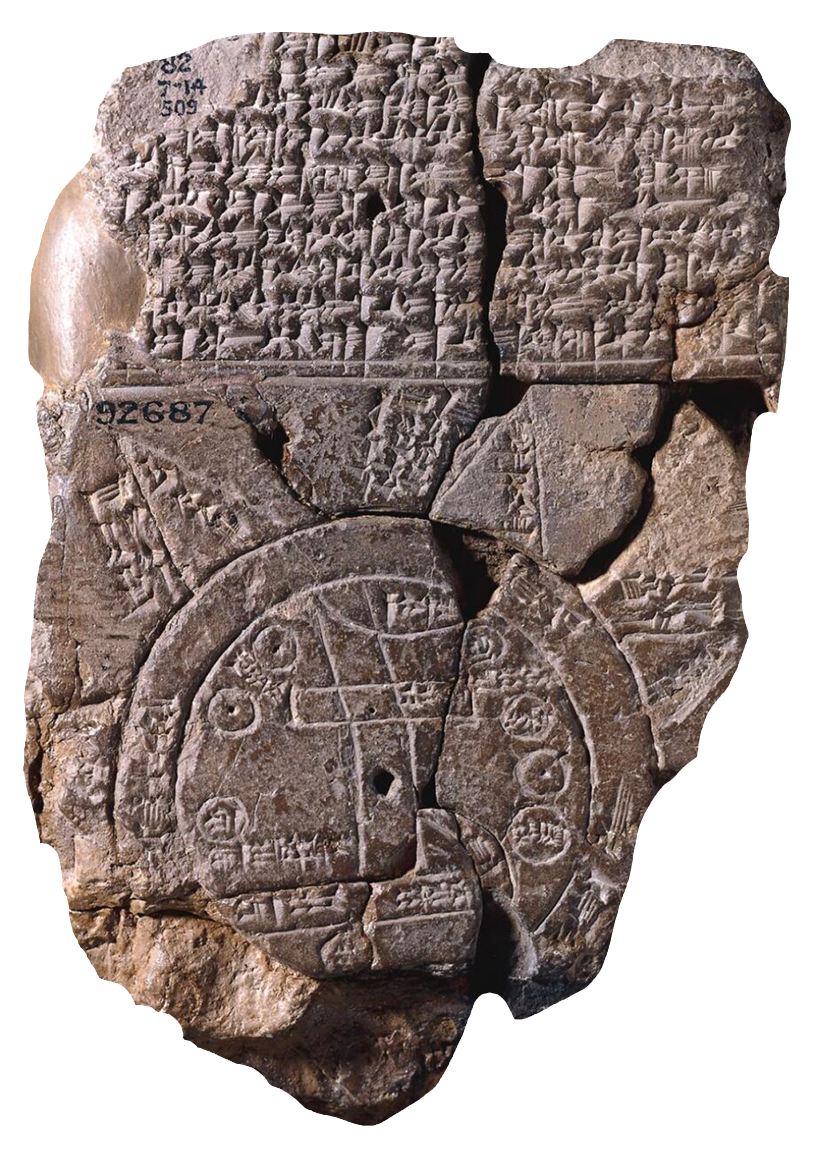
The oldest known world map, the Imago Mundi, from 6th-century BCE Babylonia, is a lovely example of both the artistic and narrative nature of maps. The central land mass is a circle surrounded by a “bitter river” and eight surrounding regions arranged in triangles, creating a star.
The map’s accompanying text describes these regions, five of which survived and read like the stuff of fairytales.
For example, one area is defined as “where the winged bird ends not his flight.” Another is “where the horned bull dwells and attacks the newcomer.” Yet another is “where the morning dawns.” This map blurs the line between geography and storytelling, inviting viewers to imagine worlds both real and mythical.
Over time, maps evolved, became more elaborate, and more accurate (flat earth maps began being replaced by spherical ones during the Hellenistic period, starting around 323 BC). However, across the ages, maps also revealed their makers' biases, values, and intentions. For example, for centuries, the area where a map originated loomed most prominently, a fact neatly represented by the 11th-century Turkocentric map by Mahmud al-Kashgari. Or, if religion was the driving force, Jerusalem might take center stage, as in the Ebstorf Mappa Mundi from 1235. The point being that mapmakers have always been builders of worlds, weaving narratives of place and identity rather than solely crafting tools of navigation.
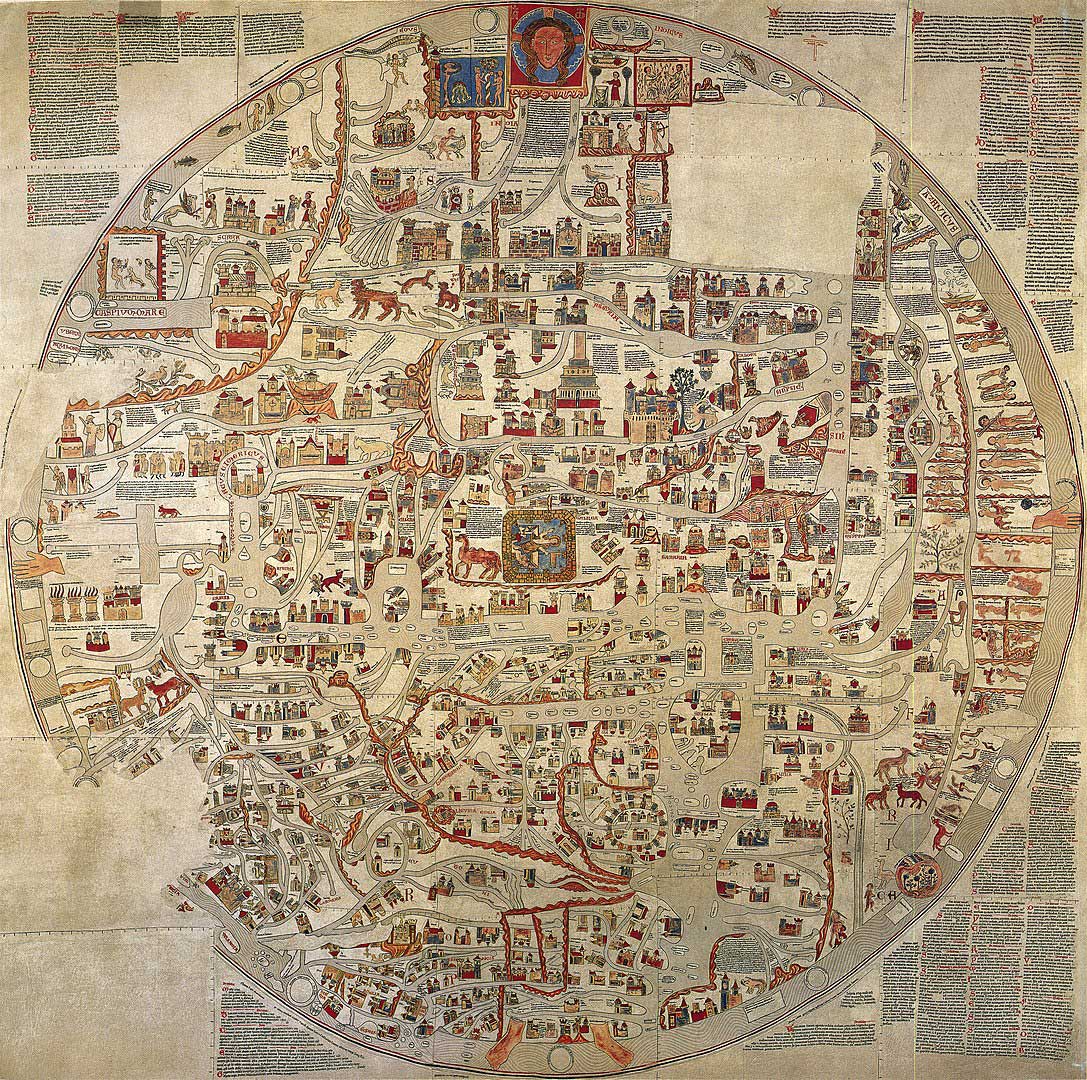
Maps highlight human discovery, reveal trade routes and cultural exchange, and depict personal and emotional journeys. From stories like Abraham Ortelius’ Theatrum Orbis Terrarum, which explores the known world of its time, to the Victorian Era travel journals with hand-drawn maps and personal storytelling woven into a blend of emotional connection and geography, a map is never just a map.
As the serpentine etymology of the word revealed, maps are not just implements of navigation—they are cloths forming a tapestry, pictures containing official images of how people choose to see the world.
As artists, maps invite us to embrace their layered storytelling—fact and fiction interwoven in a web of imagination. Like cartographers embellishing the unknown with dragons and gilded seas, we too can chart our creative journeys, surveying unseen worlds that connect the personal and universal. Whatever our medium, we can deliberately map out our creative path and, in doing so, weave narratives that inspire others to explore beyond the edges of the known.
Sometimes, inspiration strikes like lightning or claps like thunder. Those muse-kissed moments are beautiful and worth cherishing, allowing us to sail joyfully through our work. However, we are not always so fortunate; instead, we must toil our way forward, reaching uncertainly into the dark.
In times like these, it helps to dig into our toolkit and recover what’s needed to chart our course. One such implement we might use is mapmaking's deep reservoir of inspiration. Join me in exploring how this time-honored craft can serve as a compass guiding us on our artist’s way.
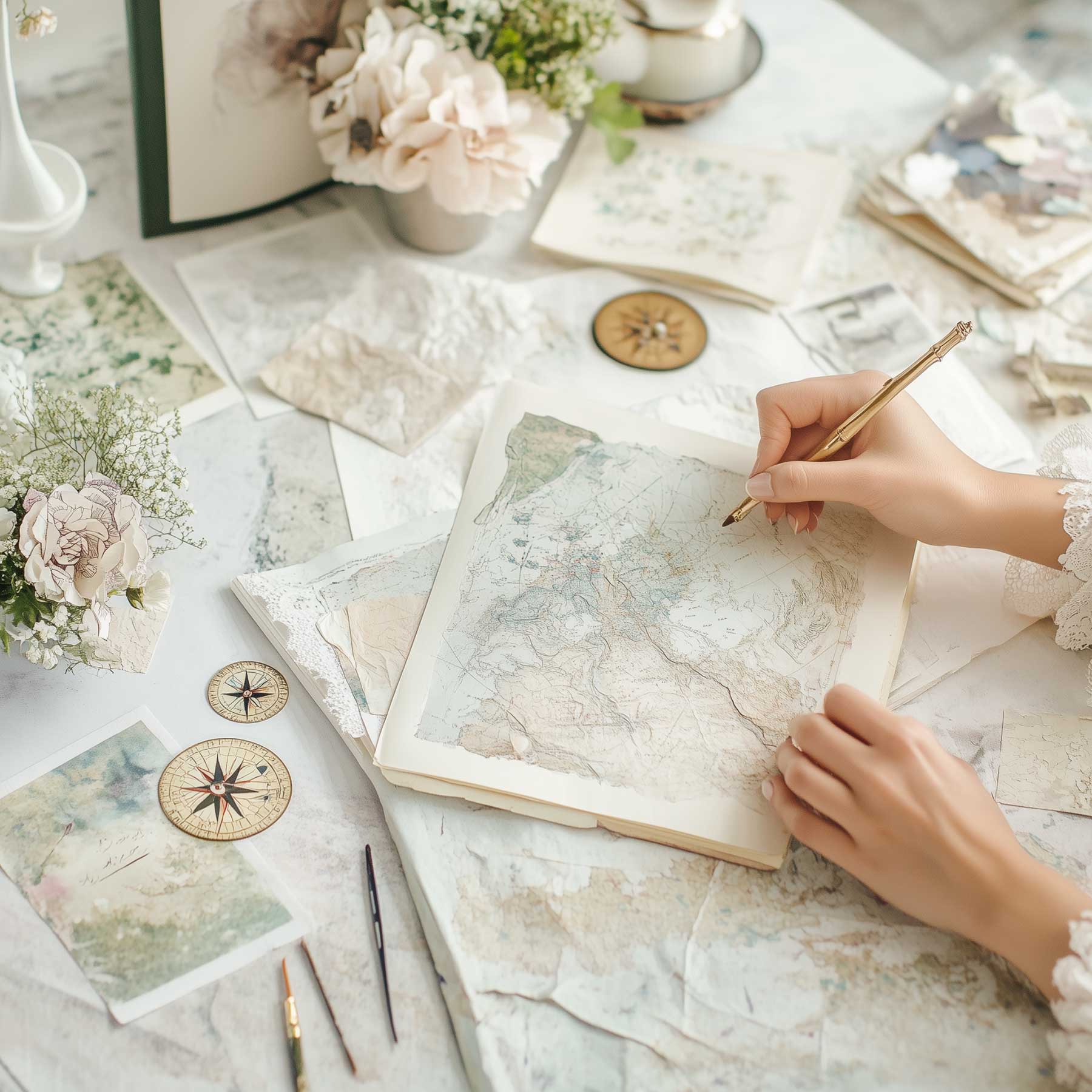

When we consider the history of cartography, we encounter some of the most fascinating aspects of human nature: our propensity for making pictures to represent things that matter to us, our eagerness to explore the unknown, our wild imaginations filling in the void beyond what’s familiar, our tendency to amplify some things while diminishing others, and our passion for storytelling, to name but a few. The utility and beauty of maps have made them an enduring method for sharing information, allowing them to be employed across myriad domains.
For example, there are language, mind, narrative, political, and thematic maps. Anything you desire to convey can take the form of a map. The allure of this is that it allows the maker to create the world they want to explore in an accessible format that is easy to share with others.
A good starting point for applying the map template to your artistic process is deliberately fostering an explorer’s mind. Find a quiet place where you can relax and be present. Set the stage in whatever way works for you, whether dimming lights, lighting a candle, playing soft music, diffusing your favorite essential oil, or simply sitting with the implements of your creative work.
Take a few deep breaths, and gentle yourself into a state of ease. As your heart rate slows, give your mind permission to roam. Release any expectations and lean into curiosity, opening yourself to wonder. Tell the intellect to take a back seat and examine the feelings and emotions that begin to surface. Take your time with this.
When you’re ready, gently ask your inner self what terrain you want to explore. Is it a physical place? If so, is it real, or is it imagined? Is it somewhere you’ve been or only dreamed of going? Or perhaps it’s not geographical at all. Maybe you want to explore relationships between things you value, people, places, or things. Or perhaps you wish to examine emotional states, mapping out the colors and textures of your feelings and how they relate to one another.
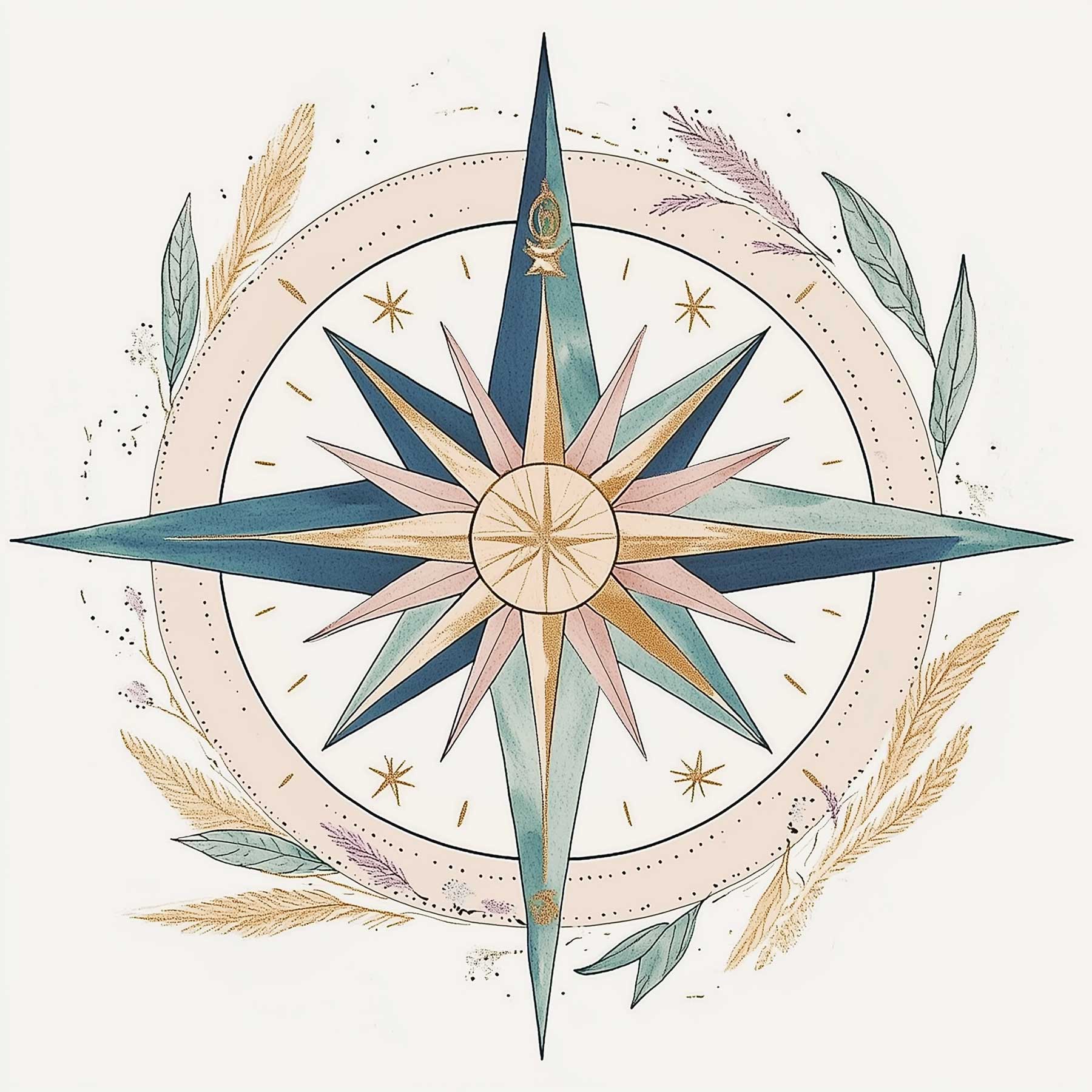
Once you’ve landed on the theme that resonates most strongly with you, it’s time to constellate it. Like those celestial guides that populate our night skies, the ideas in you have a meaningful place and a relationship to one another. Think like a mapmaker and allow the central theme to take its position in the middle. From there, consider where and how you want the viewer's eyes to roam and weigh the positions of your other elements accordingly.
As you play with this, you can choose to make a literal map with its compass in the corner, scale, locations, and themes delineated. However, that’s not necessary. Only you know what message is burning to be conveyed and how that is best expressed. Part of being a good mapmaker and artist is orienting yourself to your own true north.
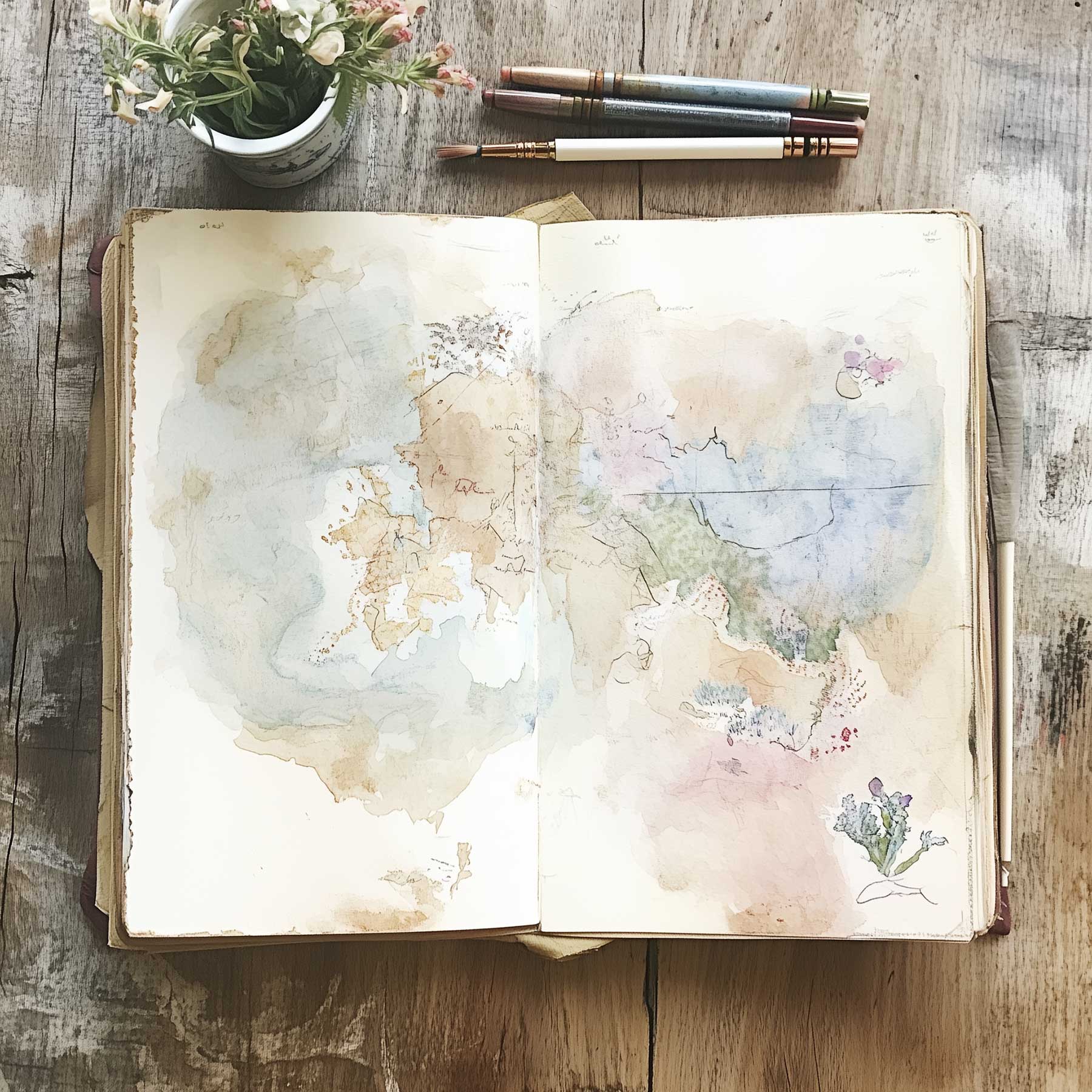
Maps are fantastic tools for demonstrating how key pieces fit together, where they overlap, their dynamics, and how their relationships can and do shift over time. They combine formality, a sense of authenticity, and visual appeal in ways that can fundamentally shape how we view the world. They are creative and useful, demonstrating how things with staying power often seamlessly blend disparate elements.
As artists, we can draw upon the map as a metaphor, or we can use its structure in a literal way. We can conjure questions about what we’re attempting to do and why, navigating the unknown within that calls us to create. We can be explorers reveling in Terra Incognita and not shying away from the possibility of encountering a dragon’s lair. We can trust our internal compass and feel confident that the stars will help guide us on our way.
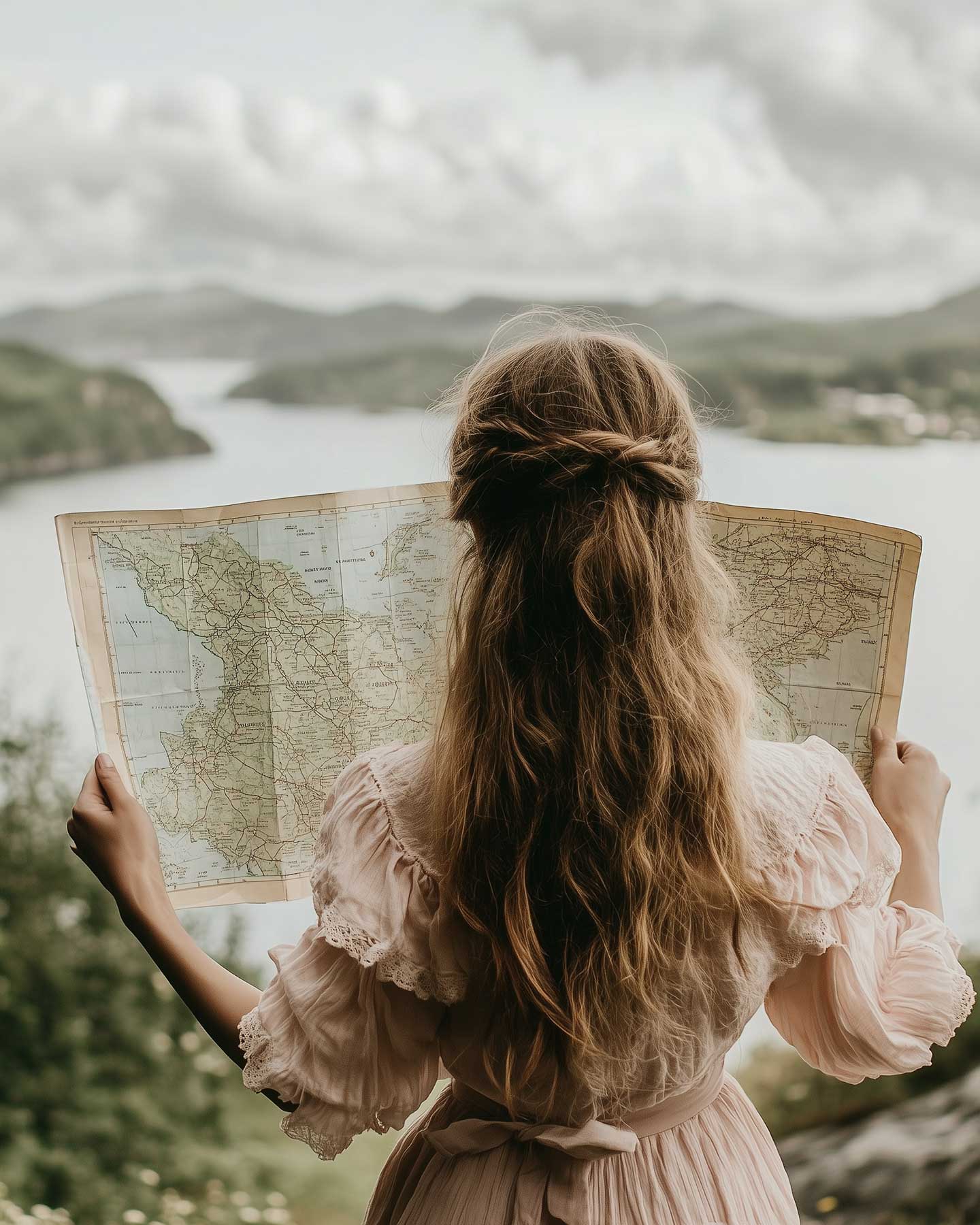
The dictionary definition of wayfinding is:
Wayfinding (noun):
The process or activity of determining and following a path or route between an origin and a destination, often involving the use of signs, maps, or other navigational aids.
How Wayfinding Relates to the Artist
For me, wayfinding is such a beautiful metaphor for the creative journey. As artists, we’re constantly navigating through complex ideas, emotions, and techniques to reach our next destination. It’s not always a straight path—sometimes it’s a winding one—but that’s part of the magic.
I think of wayfinding as a process of figuring out which direction to take, whether I’m developing a new project, refining a concept, or even deciding which brushstroke comes next. It’s about trusting the tools I have—intuition, experimentation, and inspiration —to guide me through moments of uncertainty. Just like maps and compasses help travelers find their way, my creative instincts help me move forward.
Wayfinding also reminds me to embrace exploration. Trying a new medium, experimenting with a fresh color palette, or simply allowing myself to play are all ways I discover new paths. It’s not just about reaching the final piece; it’s about enjoying the journey of creating it.
This process isn’t only about external exploration—it’s also deeply personal. Wayfinding is about discovering more of myself as an artist. Each decision, detour, or unexpected challenge is part of charting my own creative map. And when I feel lost or blocked, I remind myself that finding my way again is part of the adventure.
Ultimately, wayfinding keeps me connected to my vision while allowing room for surprises. It’s not just about where I’m going, but what I uncover along the way that makes the creative journey so meaningful.
Let’s tap into our creative intuition and do some self-reflective work inspired by our theme. Below you will see our month’s Oracle/Tarot card spread. But fear not, if you are not one drawn to using oracle or tarot cards, no worries, just use the accompanying reflective questions as writing prompts for your journals!
Here’s a three-card oracle card spread designed to tap into your creative intuition and our themes. This spread and its journaling prompts encourage reflection on the artist’s inner wisdom, the magic of inspiration, and the journey of trusting intuition in the creative process.
Three-Card Spread: "The Creative Compass"
Card 1: "The Starting Point"
What it Represents: Where you are right now in your creative journey. This card reveals your current state of mind, creative energy, or any challenges you may be facing.
Journaling Prompt: What does this card tell me about my current creative mindset or situation?
Card 2: "The Inner Compass"
What it Represents: Your inner guidance and creative intuition. This card highlights what is calling you forward and the internal wisdom that can guide your next steps.
Journaling Prompt: What does this card reveal about my inner voice or instincts?
Card 3: "The Destination"
What it Represents: The potential direction or outcome of your creative path if you trust your intuition and embrace the journey. This card symbolizes a goal, insight, or creative breakthrough waiting to be uncovered.
Journaling Prompt: What does this card suggest about where my creativity is leading me?
Once you’ve drawn and reflected on the cards, take a moment to look at the spread as a whole. Notice the relationships between the cards and how they form a narrative about your creative journey.

Treat yourself to this wonderful and powerful meditation from one of my favorite meditation creators - Rachel Hillary
Here’s a little more information from Rachel…
This practice is a guided journey into the magical sanctuary of the Third Eye. It's inspired by my own experiences and adventures in this beautiful sacred space. This is a simple, but powerful practice that is full of love and magic. We meditate beneath the stars, and allow the energy of a beautiful indigo sky to flow with our third eye.
lots of love,
Rachel
Each month we will have a positive affirmation. I recommend you print out this affirmation and put it in your sketchbook or somewhere in your studio. Recite the affirmation out loud each time you show up to create. Saying words aloud is powerful and can begin to re-write some of our own limiting beliefs or calm our fears. Try it now…
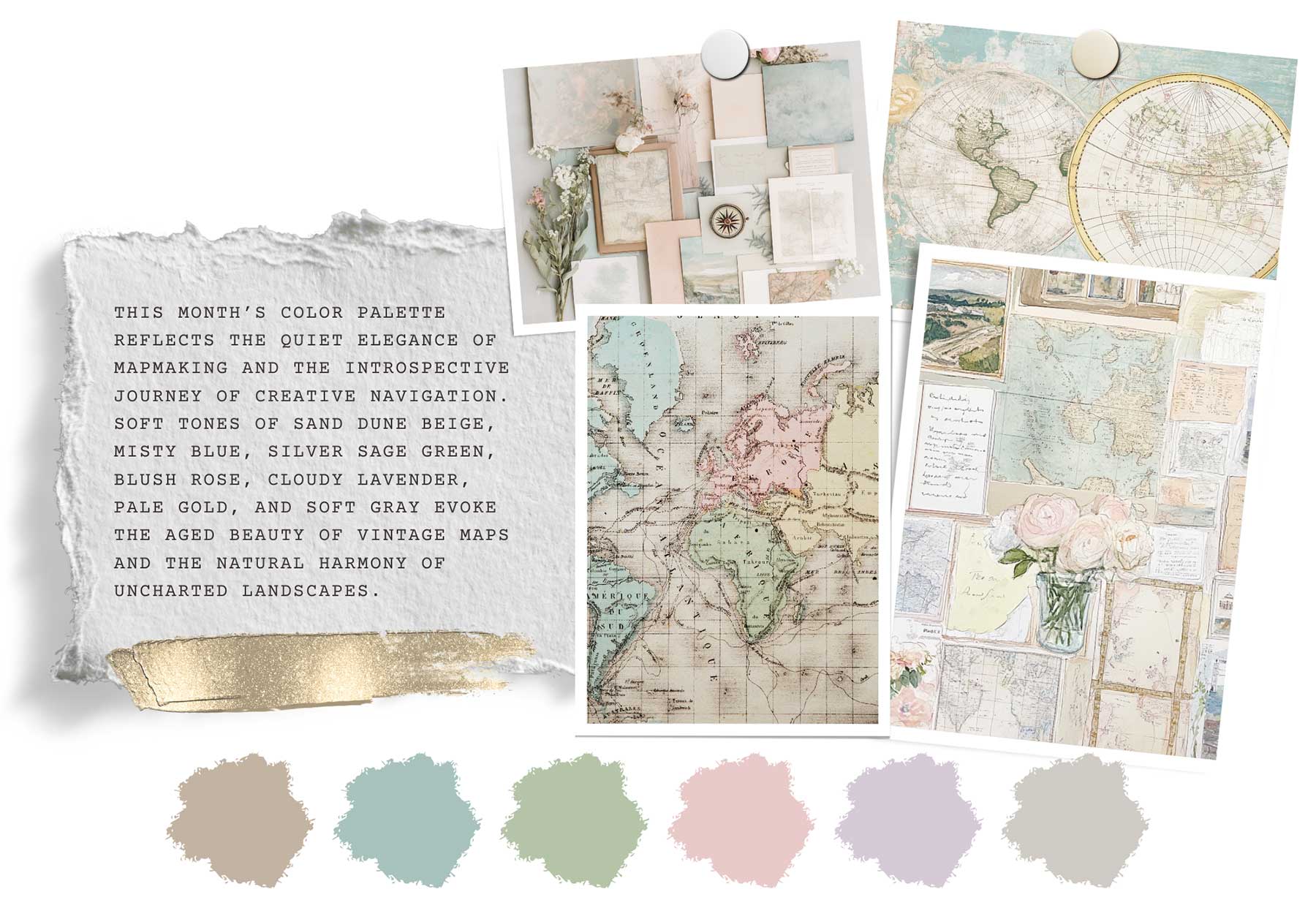
This month’s color palette reflects the quiet elegance of mapmaking and the introspective journey of creative navigation. Soft tones of sand dune beige, misty blue, silver sage green, blush rose, cloudy lavender, pale gold, and soft gray evoke the aged beauty of vintage maps and the natural harmony of uncharted landscapes. These hues invite a sense of calm exploration, connecting us to the artistry of discovery and inspiring us to chart our own creative paths with intention and imagination.
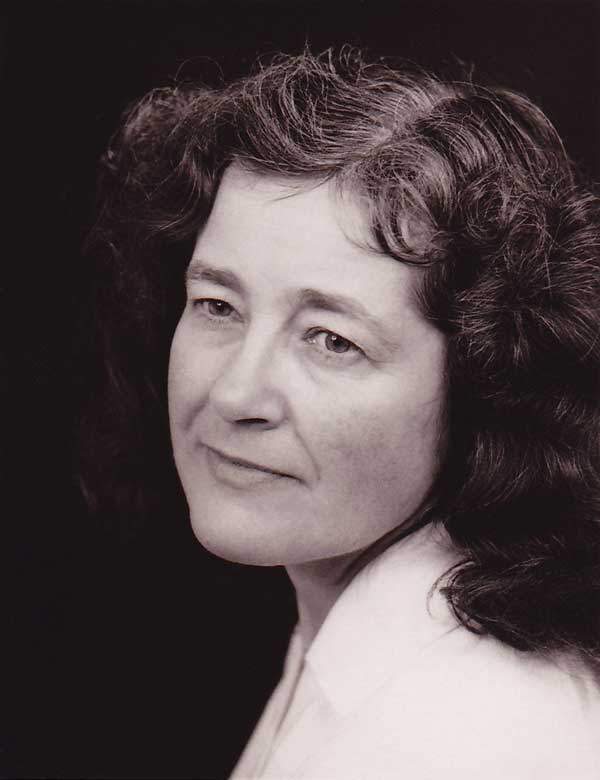
This month, we are delighted to celebrate Pauline Diana Baynes as our Master Artist. Known for her exquisite illustrations and iconic fantasy maps, Baynes brought to life the beloved worlds of J.R.R. Tolkien’s Middle-earth and C.S. Lewis’s Narnia. Her work perfectly embodies the spirit of exploration, imagination, and storytelling—aligning beautifully with our theme of mapping and creative navigation. By studying her detailed maps and enchanting illustrations, we’ll discover how art can chart not just places, but entire journeys of wonder and creativity.
Pauline Diana Baynes (1922–2008) was a British artist and illustrator best known for her enchanting depictions of fantasy worlds and her iconic work with J.R.R. Tolkien and C.S. Lewis. A master of detail and imagination, Baynes brought fictional landscapes to life, making her one of the most celebrated illustrators of literary maps and fantastical art.
Born in Hove, England, Baynes spent part of her childhood in India, an experience that would later influence her ability to weave intricate detail and exotic motifs into her illustrations. She studied art at the Farnham School of Art and later the Slade School of Fine Art, but her path as an illustrator truly began during World War II when she worked for the British Ministry of Defence, creating maps and diagrams. This meticulous work would lay the foundation for her future artistic precision.
Pauline Baynes's career took a defining turn when she was introduced to J.R.R. Tolkien in the late 1940s. Tolkien, famously particular about any visual representation of his work, admired Baynes’s ability to marry intricate detail with a sense of whimsy and wonder. This led to her iconic work on The Lord of the Rings and The Hobbit, where her illustrations—especially her maps—breathed life into Tolkien's beloved Middle-earth.
Her Map of Middle-earth (1970) is among her most significant works. With ornate borders, flowing rivers, towering mountains, and delicate lettering, Baynes captured the geography and spirit of Tolkien’s universe, translating its grandeur into visual form. Her work struck a perfect balance between accuracy and imagination, making readers feel as though they could step into the world she had mapped.
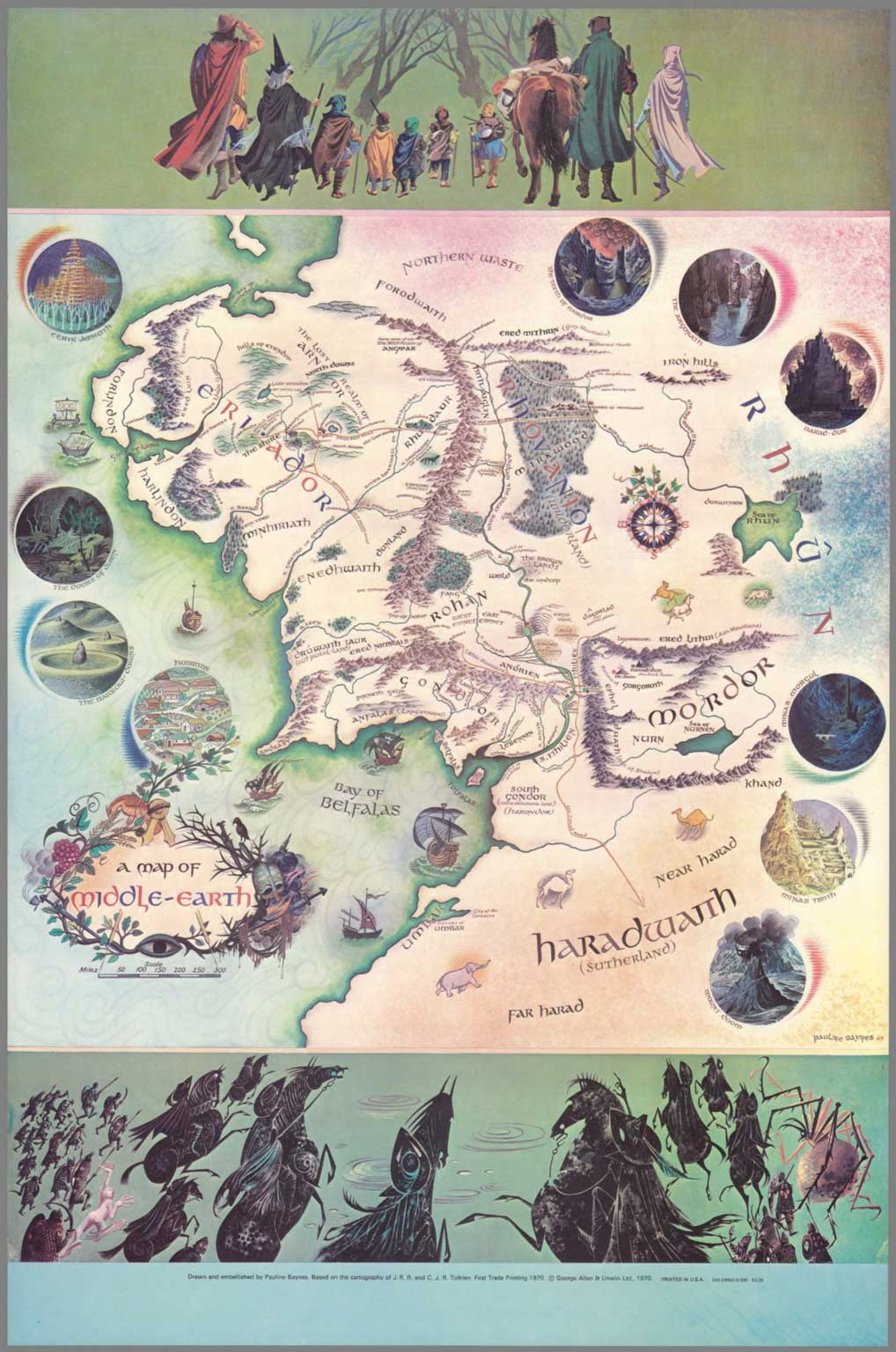
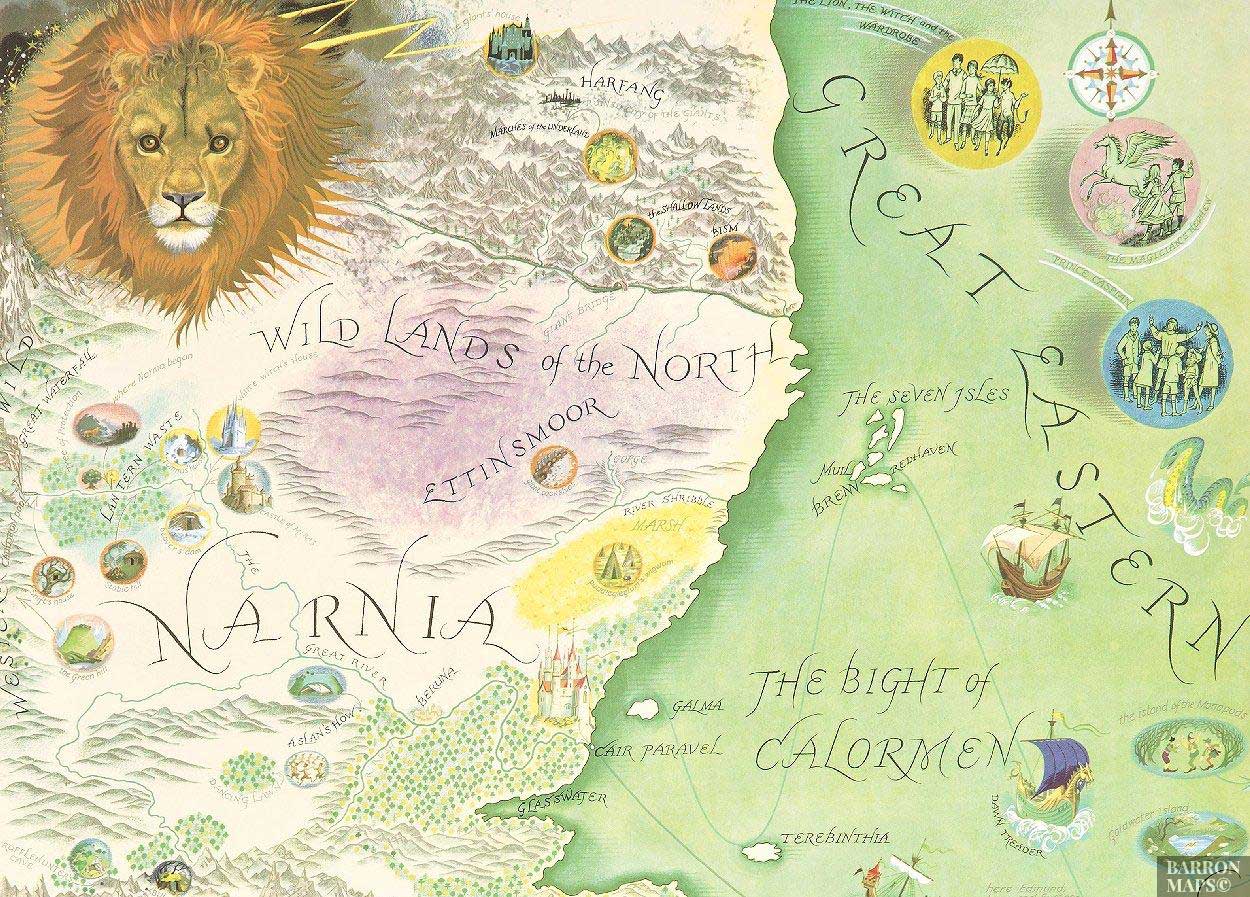
Baynes is equally celebrated for her collaboration with C.S. Lewis, the author of The Chronicles of Narnia. Beginning with The Lion, the Witch, and the Wardrobe (1950), Baynes illustrated all seven Narnia books, including the now-iconic Map of Narnia. Her illustrations of Narnia are timeless, capturing not just the landscape of Lewis’s world but its magic and charm.
Her Map of Narnia evokes a storybook quality, complete with enchanted forests, royal cities, and whimsical creatures, all rendered with intricate care and joyful imagination. It remains one of the most beloved visualizations of a fictional realm, inspiring readers to believe in far-off lands where magic is real.
Throughout her career, Baynes illustrated over 100 books, bringing her detailed style and imaginative flair to projects ranging from fairy tales to historical stories. Her maps and illustrations are not merely functional—they are works of art, filled with life, movement, and personality. She had a unique ability to transform words into images, crafting worlds that are as vivid on the page as they are in the imagination.
Baynes’s legacy endures as a testament to the power of illustration to enhance storytelling. Her maps, in particular, remind us of the beauty of exploration—both real and imagined. For artists today, her work serves as an inspiration to approach creative journeys with precision, passion, and a willingness to step into the unknown.
As we look at Baynes's detailed cartography, we’re reminded that maps are not just tools for finding our way; they are invitations to dream, to wander, and to imagine. Whether charting fantasy lands or our own creative paths, we can learn from her ability to blend artistry and storytelling into timeless works of beauty.
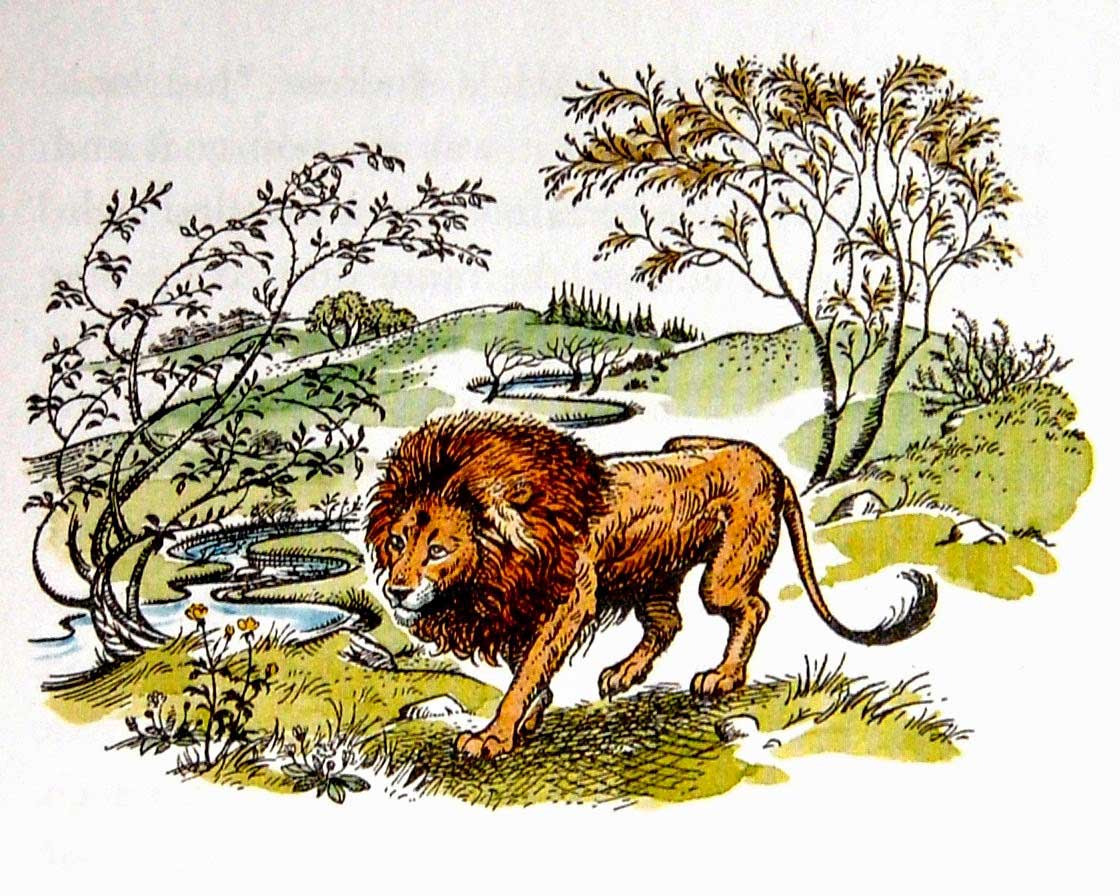
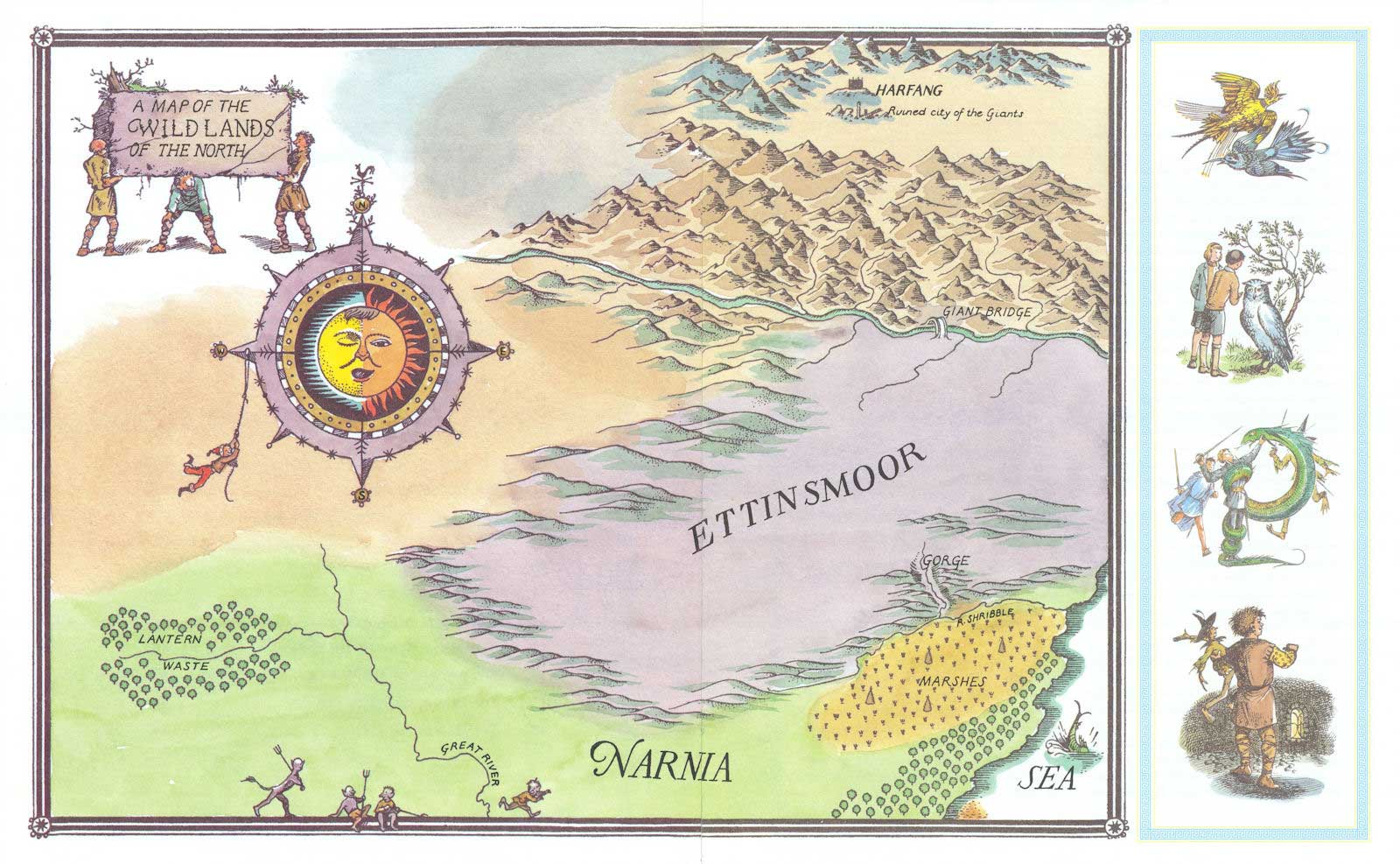
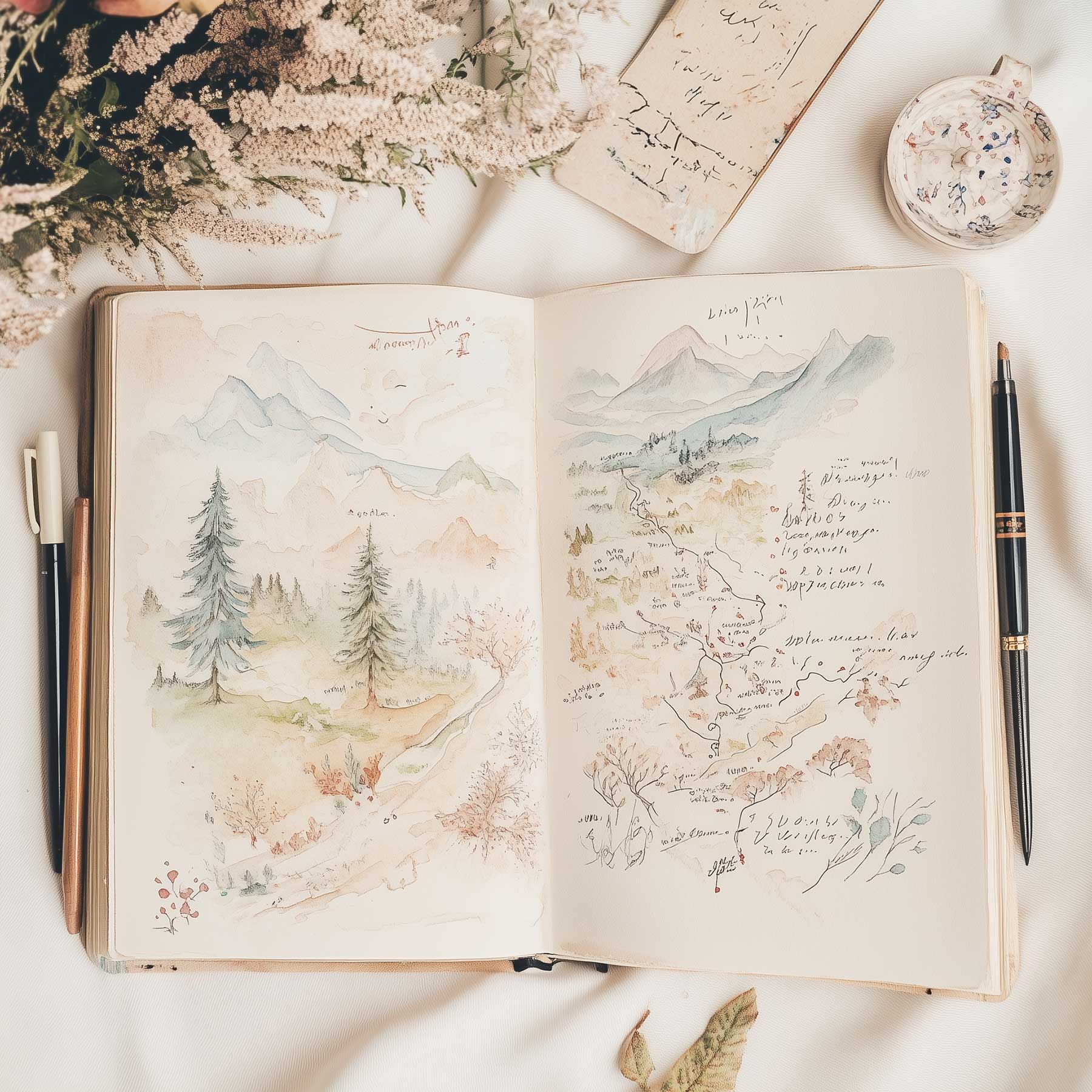
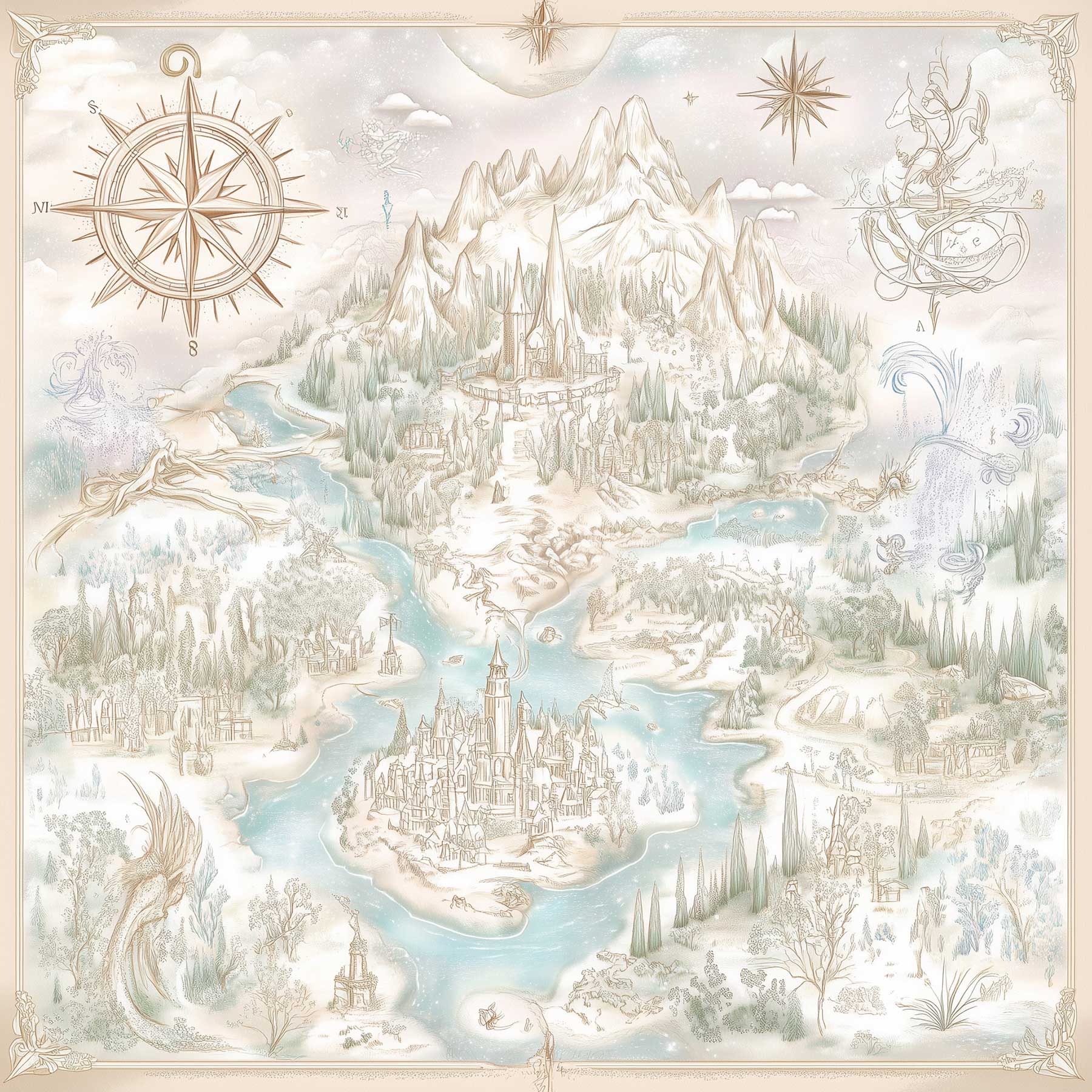
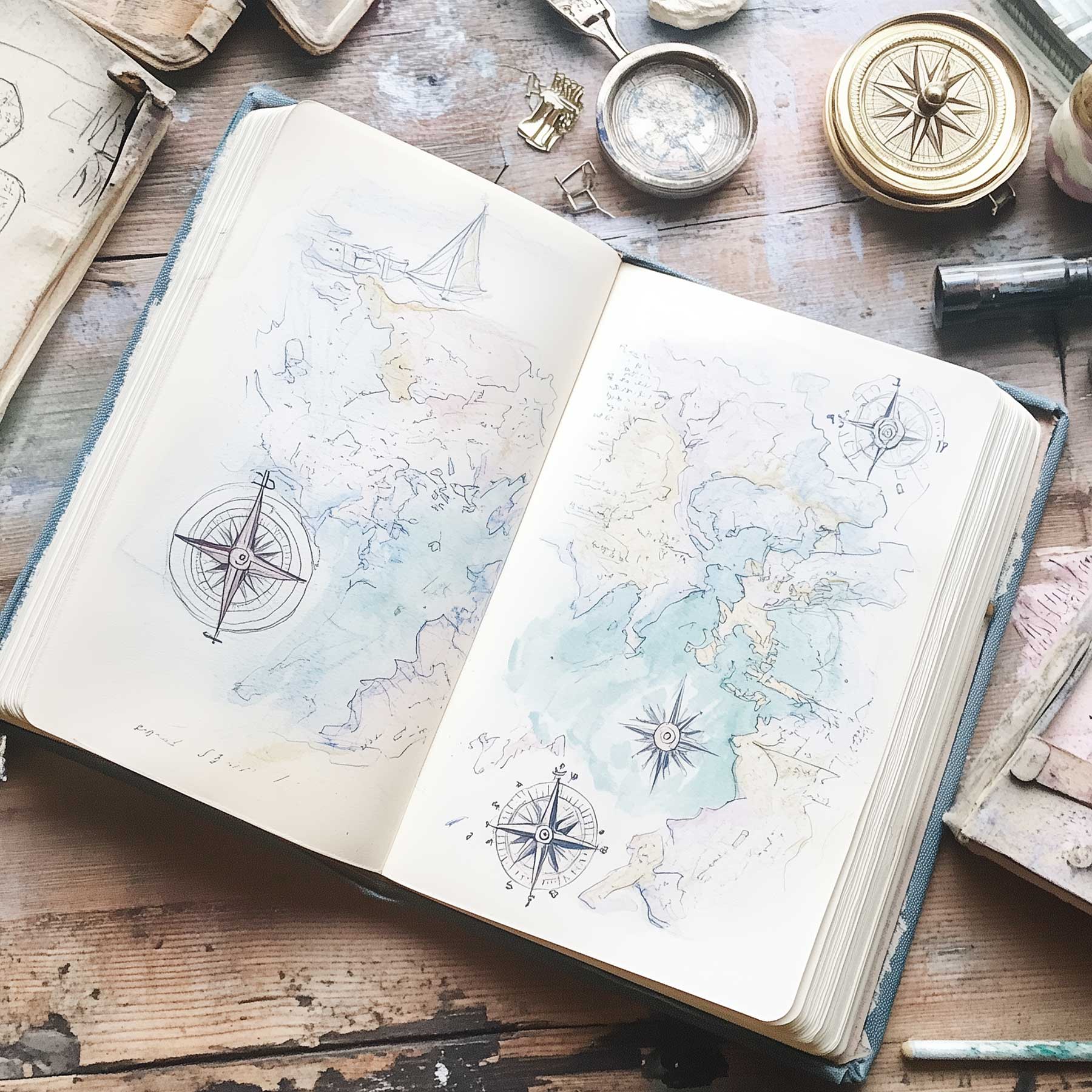
This month, we’re thrilled to feature this captivating class, Mystic Mountains, by Nicole Warrington.
This class beautifully complements our theme for January. Just as maps guide us through physical landscapes, this class invites you to chart your own creative journey, inspired by the majestic peaks and the natural world around us. Nicole draws upon her experiences exploring the mountains of the Pacific Northwest and the Canadian Rockies to guide you in creating deeply personal and meaningful art.
Through Mystic Mountains, you’ll have the chance to reflect on your own adventures—real or imagined—and translate them into artwork that tells a story. Let this class inspire you to navigate your creative path with intention, curiosity, and a spirit of exploration. Here’s to mapping out a year of artistry and adventure together!
You can also listen to this month’s issue of the Studioworks journal. I find I love listening to books, podcasts and music while I draw, paint or go on a long walk. Enjoy.
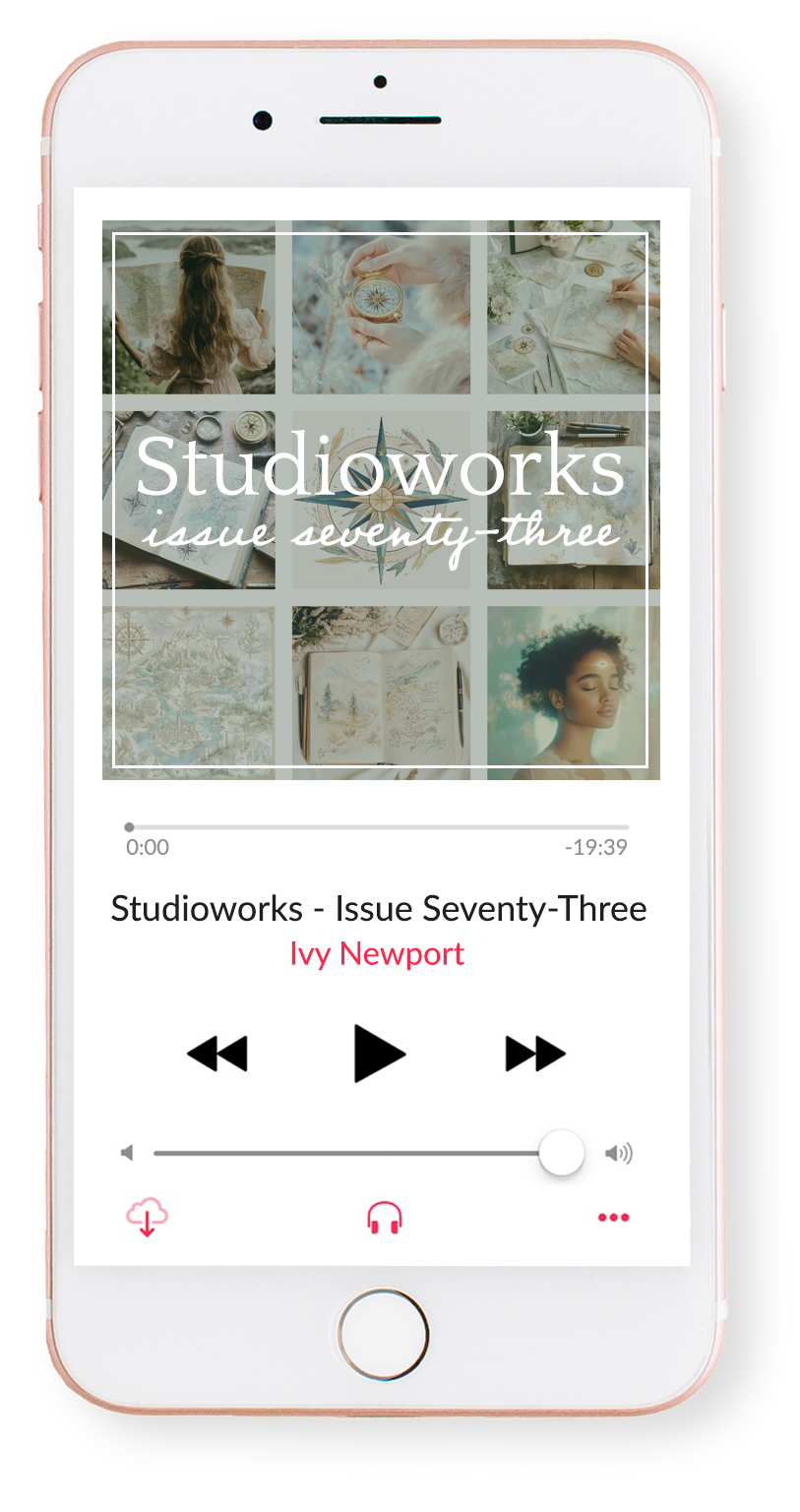
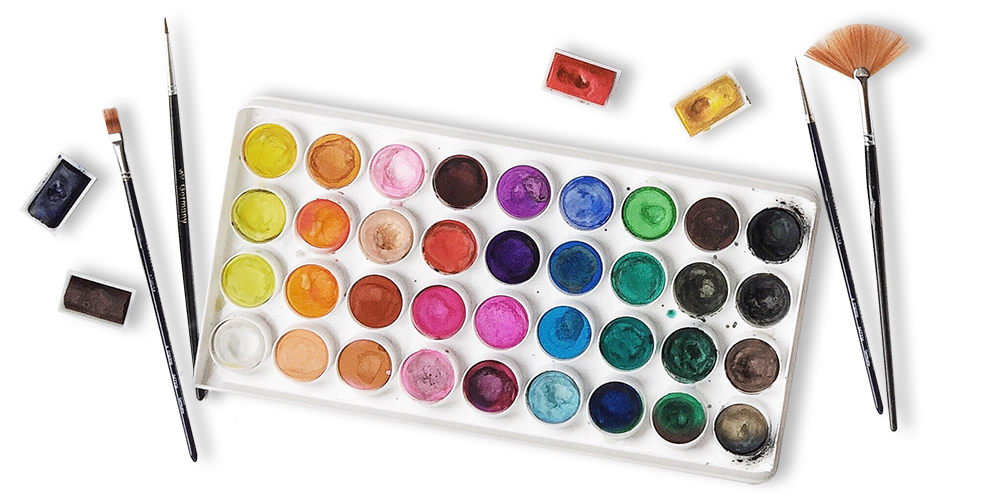
One of my favorite things to do is to curate inspiration. From Pinterest boards to books, resources, playlists and more - I love to share anything that might facilitate learning, expansion, and sparks of curiosity! Being an artist, we naturally crave these things so here are some of this month’s picks from me to you.
I had so much fun curating this list. I hope you enjoy!!
Here are just a few of our fantastic classes! I highly recommend checking them out if you haven’t already. Enjoy!